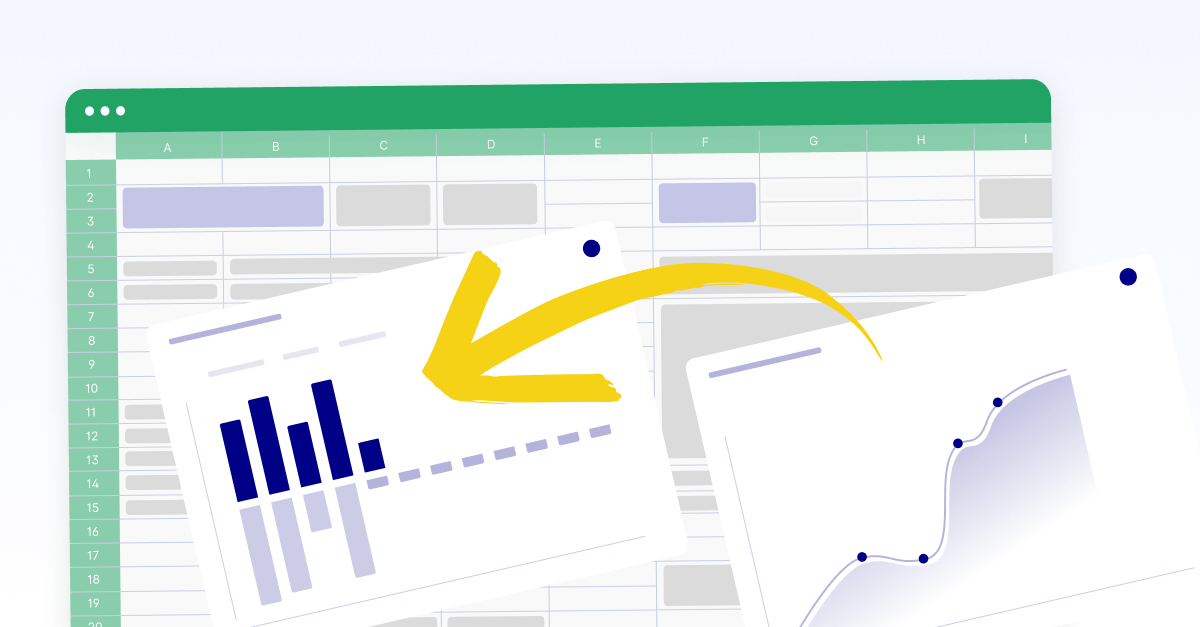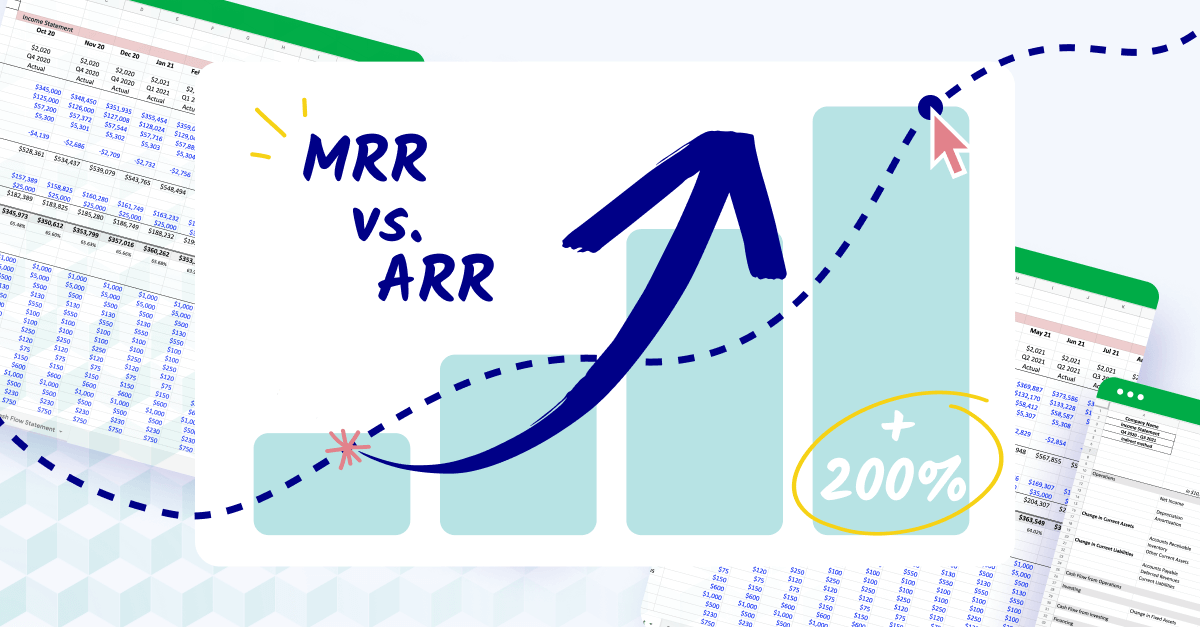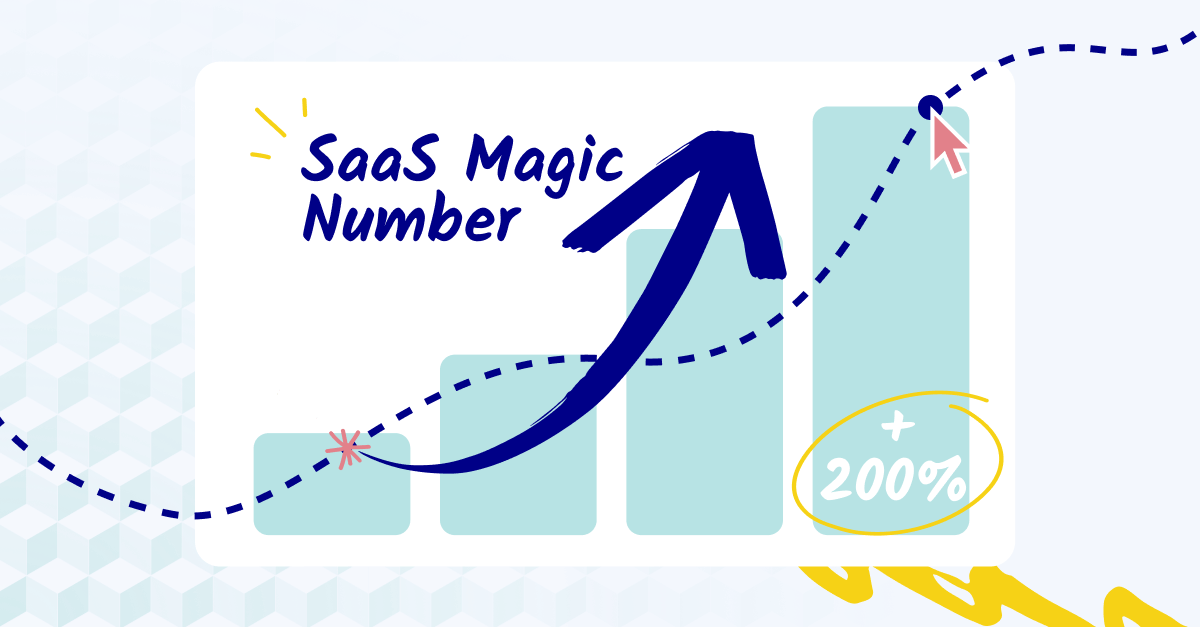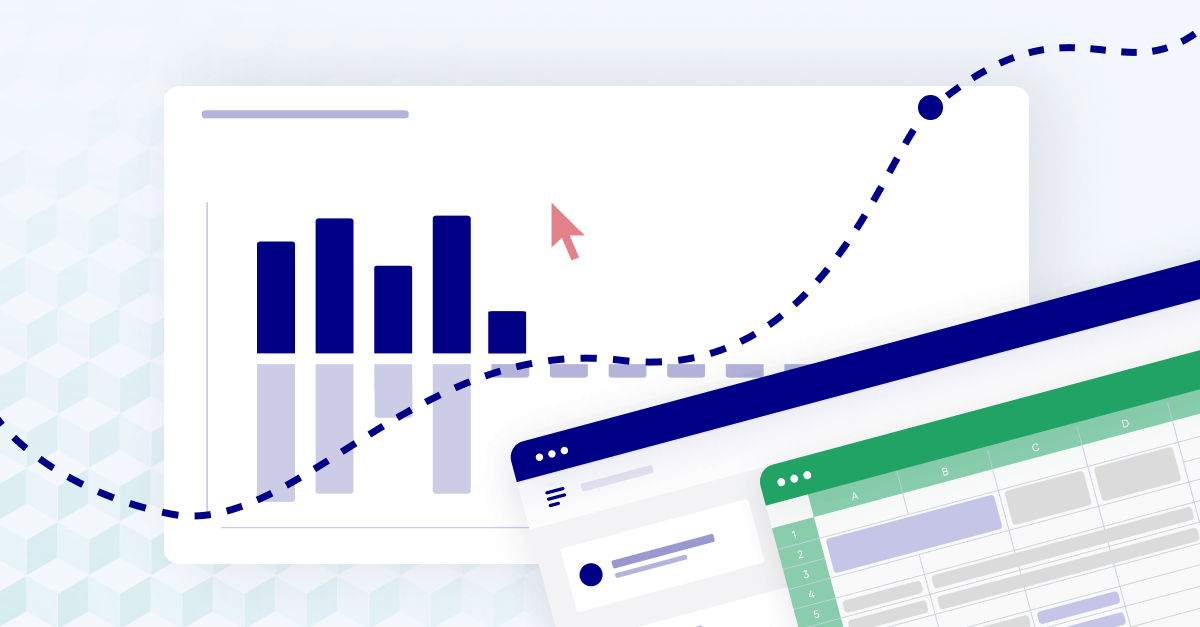Key takeaways
- Net Dollar retention measures the growth of revenue within your existing customer base for a given period.
- NDR is a key metric for measuring the health of a SaaS company. SaaS businesses with a high NDR (> 100%) are good at customer acquisition and customer retention.
- A good way to improve NDR is to focus on customer success and product-market fit. Ensure your products or services meet or exceed customer expectations.
What is net dollar retention (NDR)?
Net Dollar Retention (NDR) is a percentage that demonstrates your company's revenue for a specific year. Specifically, it measures the revenue a company retains after customer churn.
It's an essential metric for any SaaS company to track. NDR is one of the best indicators of a company's revenue growth potential, as it offers data-driven insights into a company's ability to deliver lasting value and nurture customer loyalty.
To calculate your company's NDR, you need to know your company’s:
- Monthly recurring revenue (MRR): Revenue a company generates from active subscriptions in a month. You can also use ARR, which is the annual recurring revenue.
- Churn: Revenue lost from customers who cancel their subscriptions or services within that month (or another time period).
- Expansion: Revenue gained from upselling or cross-selling to the existing customer base within that month (or another time period).
Once you have those numbers, you can plug them into the formula below:
NDR = (MRR + Expansion - Downgrades - Churn) / MRR x 100
If your NDR is above 100%, it means your expansion revenue is outstripping your churn, and you're growing. If it's below 100%, you're losing more money to churn than you're making from expansion.
Some of the best public companies, like Snowflake, Box, and Okta, have net dollar retention of over 120%. That means every customer acquired spends 20% more in year two than in year one.
Why is net dollar retention important?
Net dollar retention (NDR) is among the most important metrics for SaaS companies, along with the SaaS magic number and the Rule of 40.
NDR helps SaaS companies understand how well they retain customers and how it affects their profits. It also shows you if you have to start improving your churn rates.
Net dollar retention analysis can also help:
- Provide a more accurate understanding of customer behavior and how it affects profits.
- Identify which products or services are most popular and profitable.
- Keep an eye on churn metrics
- Measure customer retention rate
- Track the progress of business initiatives to see if they’re having a positive impact on profits.
NDR is a leading indicator of future growth and financial health. Companies with a higher NDR tend to grow faster because they are retaining and expanding their customer base.
This metric is especially important for subscription-based businesses because they rely on existing customers for revenue.

Net dollar retention example and formula
Let's look at an example to help explain net dollar retention:
- Say our average monthly recurring revenue on a software product is $100,000.
- During the month, we had $10,000 in expansions from customers (cross-sells, upsells, movements to a premium subscription, etc.)
- Other customers reduced their service to a lower tier, resulting in $5,000 in downgrades.
- We also churned 5% of our customers, losing another $4,000.
Now we can plug this into the NDR formula:
NDR = (MRR + Expansion - Downgrades - Churn) / MRR x 100
- MRR = $100,000
- Expansion = $10,000
- Downgrades = $5,000
- Churn = $4,000
NDR formula = ($100,000 + $10,000 - $5,000 - $4,000) / 100,000 * 100
The NDR ends up being 101%, which is a good NDR level. Any NDR result above 100% is positive net dollar retention and indicates the revenue stream is growing.
If your NDR result is below 100%, your existing revenue stream is shrinking. You’ll either need to reduce your churn and downgrade numbers or improve expansion rates.
Net dollar retention FAQs
What is a good net dollar retention?
No one-size-fits-all answer to this question exists, but a healthy company should aim to have a net dollar retention rate above 100%. This means that you're growing your revenue from existing customers.
Of course, there will always be some amount of customer churn. It's almost impossible to keep 100% of your customers. But you're on the right track as long as you're keeping more customers than losing.
B2B companies – particularly upmarket enterprise products – often have higher NDR than B2C companies. That’s because once an enterprise starts using a product, it’s likely to spread throughout the company. And as long as the company doesn’t go out of business, they’re likely to keep using the product.
What is quarterly net dollar retention?
You can calculate NDR for any time period. Quarterly net dollar retention is a metric that helps businesses track customer churn and revenue for each quarter.
This means you’ll use the ARR from the beginning of each quarter:
NDR = (ARR + Expansion - Downgrades - Churn) / ARR x 100
NDR vs. net revenue retention (NRR) vs. gross revenue retention (GRR)
Net revenue retention (NRR) is often used interchangeably with NDR. It’s a percentage of revenue that a company keeps after subtracting churned customers.
Gross Revenue Retention (GRR) is the percentage of recurring revenue retained from existing customers in a defined duration. The GRR considers only the total revenue minus any revenue from downgrades or churn. It does not account for the revenue from expansion due to upsells, cross-sells, and upgrades.
Like NDR and NRR, GRR is used interchangeably with Gross dollar retention (GDR).
Additionally, the GRR measures the net revenue over time as opposed to a set time like the NDR. It’s a long-term revenue retention indicator and overall a better churn indicator.
NDR vs. Monthly Recurring Revenue (MRR)
Monthly recurring revenue (MRR) is a pure revenue metric that looks at the predictable recurring revenue for the company. You calculate it by multiplying your current number of customers by your average billed amount, and then use this number within the NDR formula.

How to improve net dollar retention
There are a few key ways to improve your NDR. Chief among them are user retention strategies like reducing churn and having current customers pay more via cross-sell and upsell motions.
1. Reduce churn
One of the key ways to improve your NDR is to reduce customer churn. The best way to reduce churn (and also increase your customer lifetime value) is to improve customer satisfaction.
Ensure your products or services meet or exceed customer expectations. Find out what's causing your customers to churn and put processes in place to reduce it.
Other ways to improve customer churn rates include:
- Spending more time making a great onboarding experience
- Creating a customer success plan
- Clarifying your messaging
- Adding more value to the product
- Reminding them what your product can do
- Engage with your existing customers
- Asking for feedback (and using this information for improvements)
Another metric many SaaS businesses measure is the Net Promoter Score (NPS). NPS measures customer loyalty, which makes it a good
2. Increase your pricing
If you have a product or service that’s in high demand, you can increase prices to improve NDR. But be careful doing this, since too large of a price increase could alienate your customer base.
3. Release new product features
This may not be the first tip you’d think of, but it’s actually a great way to retain customers. Releasing features based on customer input encourages them to stick with your product and continue to leave feedback. It can also be a good way to attract new customers. There are also huge expansion revenue opportunities if you can effectively cross-sell customers to new subscriptions.
4. Educate your customers about your product
Creating a well-crafted customer education program increases their loyalty and confidence in your company. It also increases the chances of adoption and leads to upgrades or cross-sells.
Examples of customer education include:
- Onboarding programs
- Training events and resources
- Periodic webinars and refresher courses
- Feature and upgrade explainers
- Interactive user forums
- Searchable support resources
5. Boost customer success and support
A good way to boost customer success is to schedule regular check-ups with high-value accounts. Take their feedback and use it to implement the new product features we discussed above.
Other support systems include AI assistants, live 24/7 support contacts, and multiple support channels (like live chat, telephone support, email, Slack, etc.).
In order words: think of how to turn CS into a top-notch revenue team.
6. Focus on gross dollar retention
Gross dollar retention is the number of customers that stick around each month – whether they spend more or less money. By increasing gross retention, you’ll improve your overall NDR.
Some effective ways of increasing gross retention include:
- Improve the overall customer experience
- Add new integrations and features
- Refine the value ladder
- Adopt a customer expansion strategy
7. Offer discounts and promotions
Offering discounts and promotions periodically can definitely help reduce why customers churn. You can offer referral discounts or discounts after hitting milestones with your company and give customers discounts on holidays or special days. Combine discounted subscription costs with customer loyalty programs.
Make this a habit and you can be on your way to keeping those customers for a very long time.
8. Identify at-risk accounts
A proven method of improving NDR is to stop churn before it starts. Develop a system that identifies churn risks in your customer base and strategies to win these accounts back.
Risk indicators to look out for include:
- Changes in usage
- Reduced customer engagement
- Account status changes
- Negative customer service interactions
- Tier or feature attrition
Another effective tool using social media to see unfiltered reviews on your product.
9. Upgrade existing customers and create growth opportunities
Your CS team should always coach your most loyal customers on growth.
Pointing out the added value they'd get from upgrading to premium-level services can effectively convince them to upgrade and boost your monthly recurring revenue.
Conclusion: Improve your net dollar retention rate
Now you know all about how to improve your net dollar retention rate.
Doing so will help improve your SaaS business' annual recurring revenue, improve NPS, and keep unlocking new insights for your best customers.
And the next you're forecasting company growth? Keep an eye on your net dollar retention. It's your bedrock of stability.
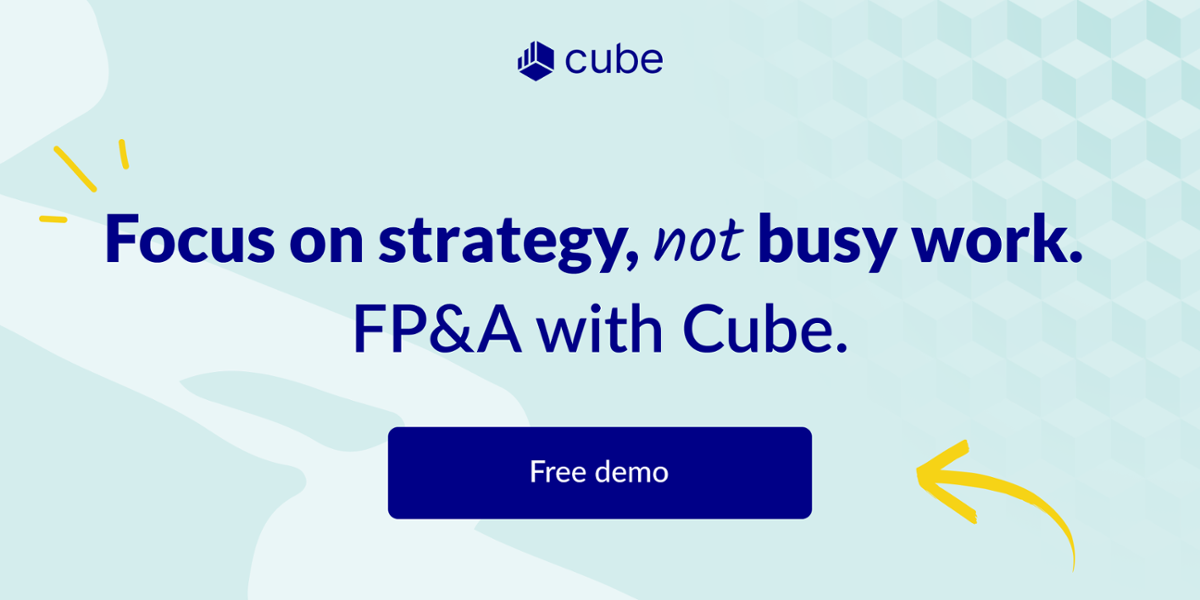



.png)









.png)

